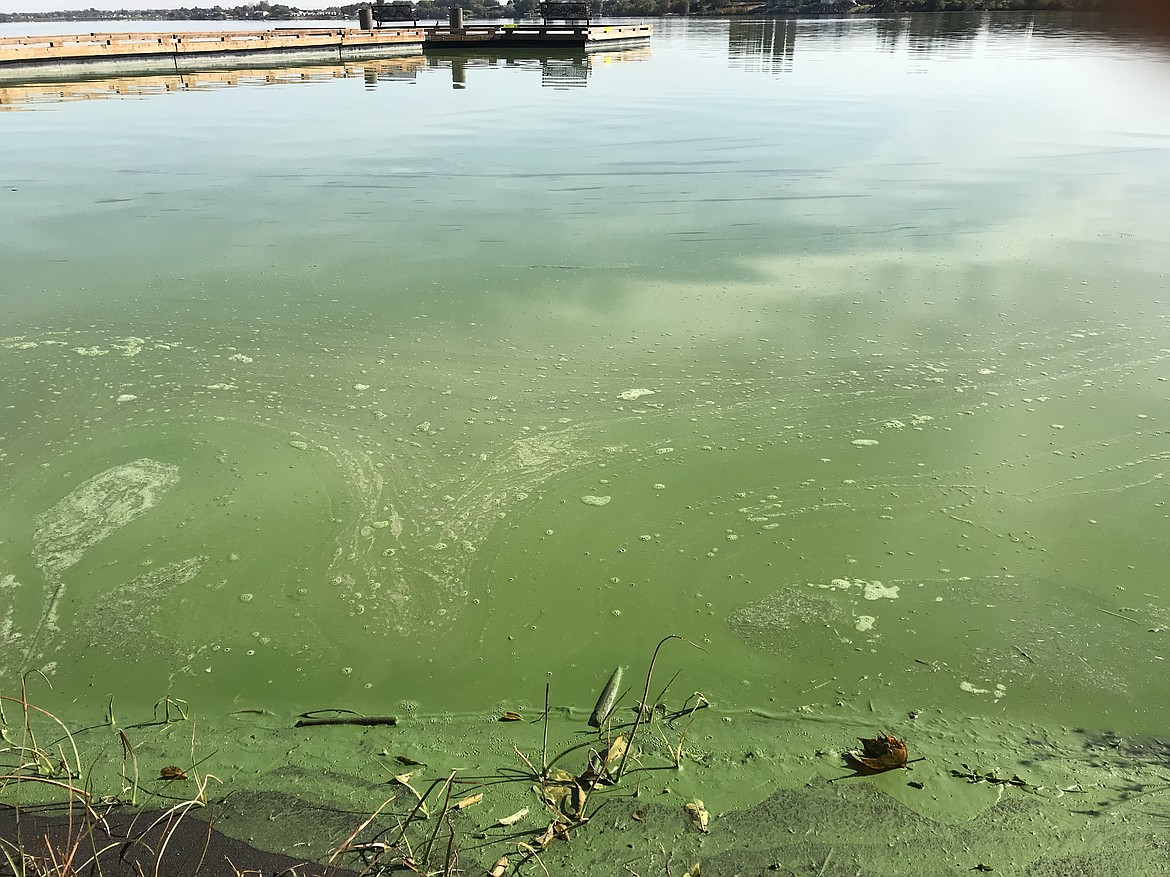Grant County’s carp: How they arrived and why they thrive in toxic algae
Common carp have large bronze-gold scales, barbels on each side of their mouths and serrated fins down their spines. According to the Department of Fish and Wildlife, they can grow up to about 47 inches and weigh more than 88 pounds.
Become a Subscriber!
You have read all of your free articles this month. Select a plan below to start your subscription today.
Already a subscriber? Login




